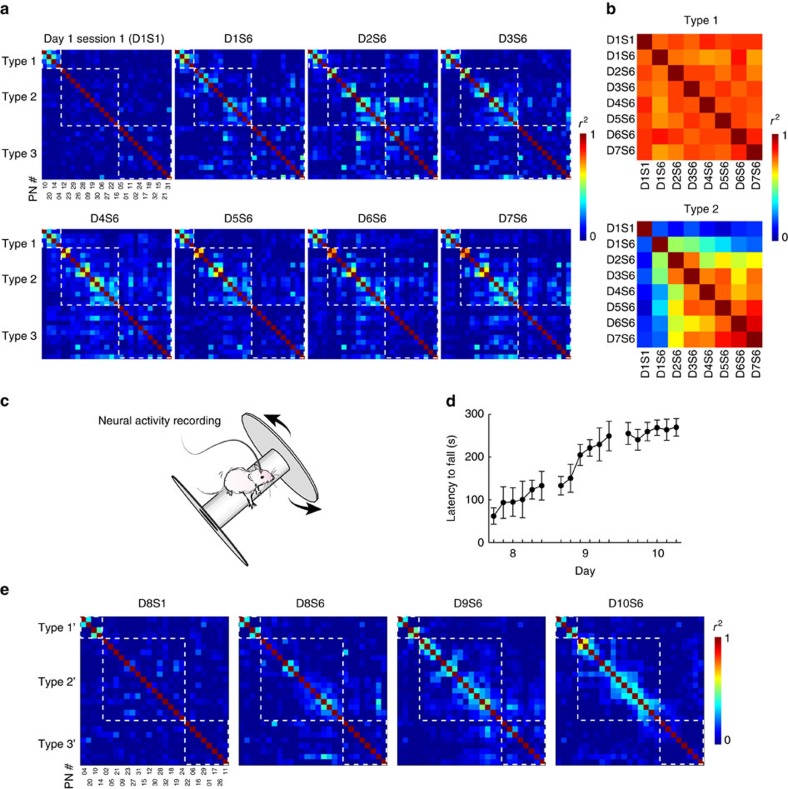Figure 5. Emergence of correlation structure of L5b PNs during motor learning.
(a) Pairwise cross-correlation matrix of 27 L5b PNs across 7 training days, recorded from one representative rat during first reach success attempts (controlled for trajectory variance, see Methods). Neurons are ordered (PN #) according to the sequence of hierarchical clustering shown in Supplementary Fig. 5b. The squares from top to bottom segregate type 1 to type 3 L5b PNs identified. Increased correlation is evident only among the groups of neurons that show increased IM and decrease of τopt., that is, type 2 neurons. (b) Summary of the preserved overall similarity of cross-day correlation matrix among type1 and type 2 PNs. Each colour-coded element represented the averaged similarity index of cross-day correlation matrices from five rats. (c) Paradigm of rotarod running. Rats were trained to run on the rotarod accelerating from 4 to 40 revolutions per minute over 300 s. Each trial ended when the rat fell off or when 300 s was reached. Each animal received six training sessions every day, and each lasted 10 min with 5-min rest intervals. (d) Latency to fall off the rotarod during training. Animals showed fast improvement in performance on the first two days and maintained throughout the third day (mean±s.e.m. of latency to fall in day 1 session 1: 62.0±19.1 s, day 1 session 6: 133.0±33.4 s, P=0.051; day 2 session 1: 132.1±21.7 s, day 2 session 6: 249.0±34.6 s, P=0.007; day 3 session 1: 255.2±25.7 s, day 3 session 6: 269.5±20.3 s, P=0.681, all compared to day 1 session 1, one-way repeated measures ANONA, 4 rats). (e) Pairwise cross-correlation matrix among the 27 L5b PNs shown in a, but re-ordered for clustering with high correlation coefficient near the diagonal during 3 days' rotarod training (day 8 to day 10).

